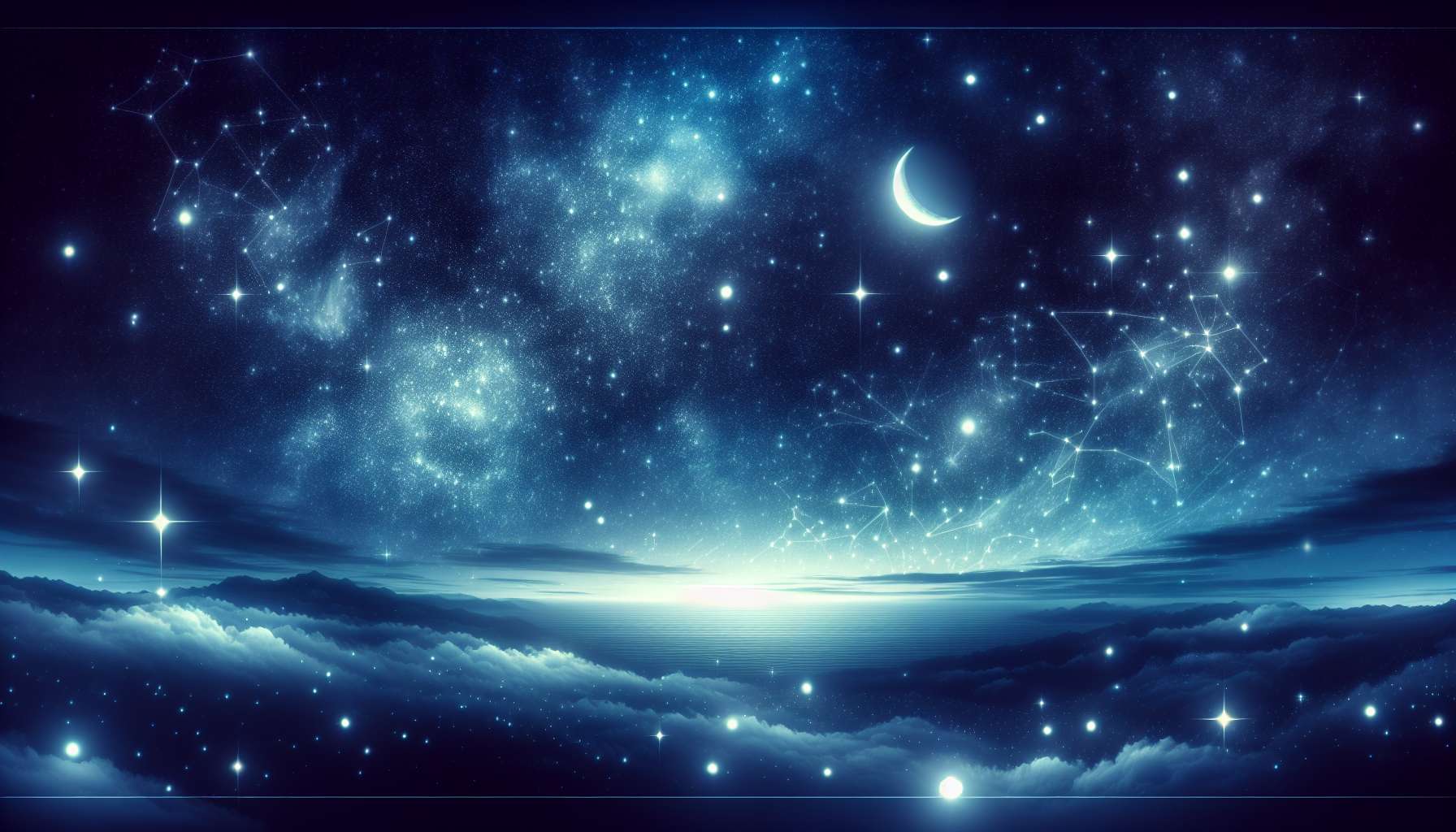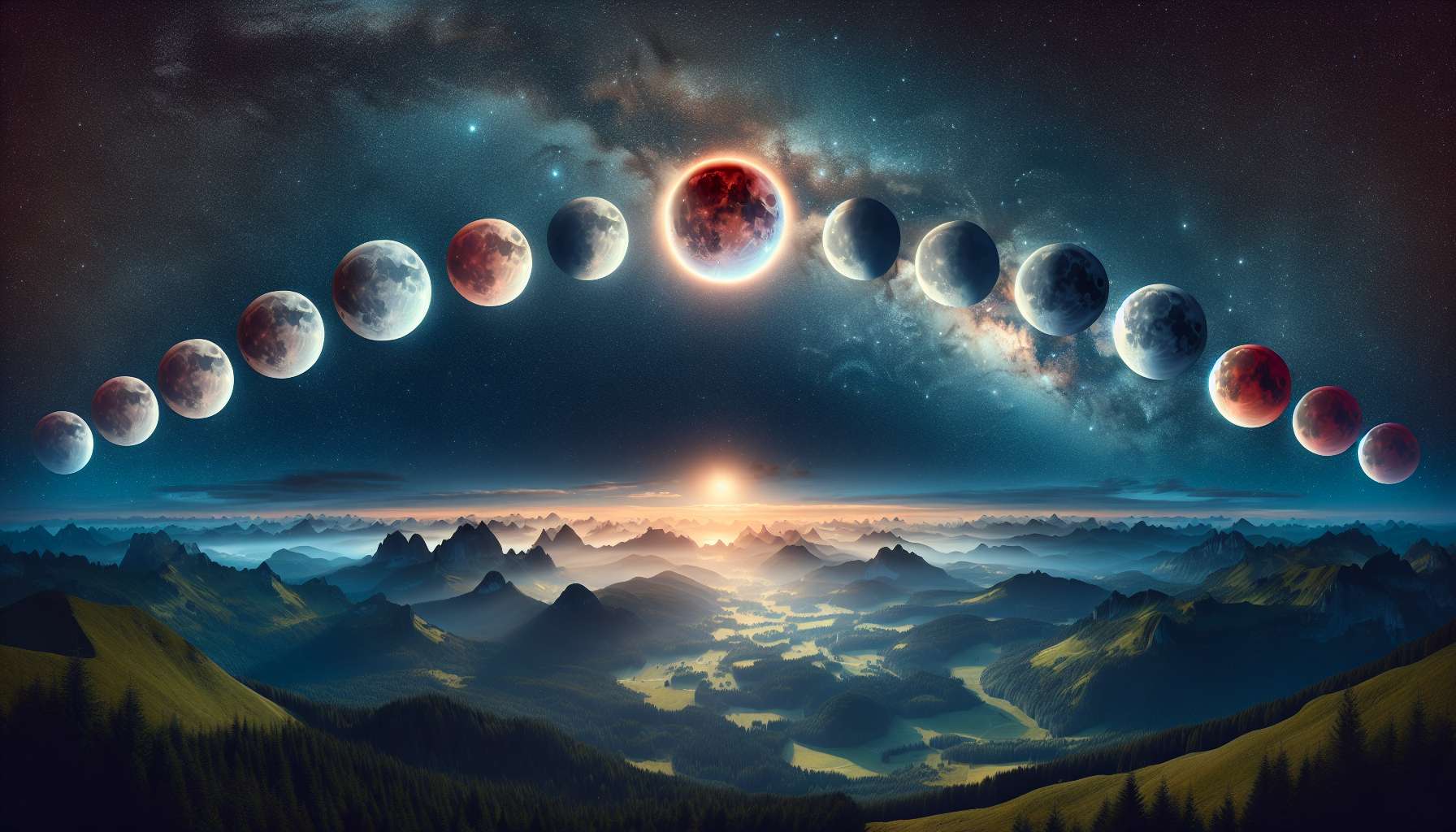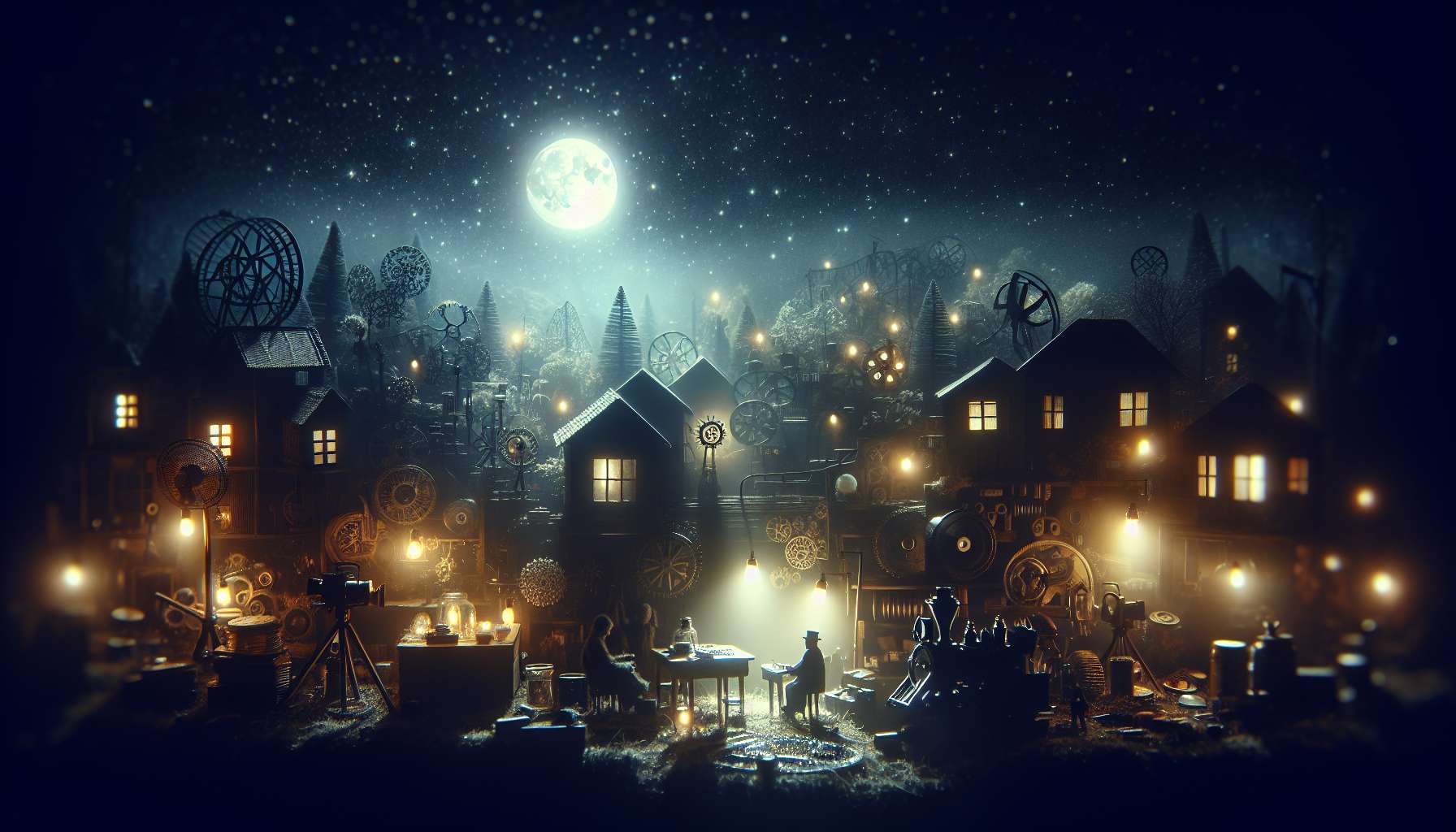Lunar Cycle in Art: Exploring the Celestial Connection
From ancient cave paintings to modern masterpieces, the moon has served as a timeless muse for artists around the world. The lunar cycle, with its ever-changing phases and mysterious allure, has inspired creativity, symbolism, and contemplation in countless works of art. In this comprehensive exploration, we delve into the intricate relationship between the lunar cycle and art, unraveling the rich tapestry of meanings, interpretations, and expressions that have emerged over centuries.
The Moon as a Symbol
Throughout history, the moon has been a potent symbol in art, representing various themes such as femininity, cycles of life, and the passage of time. In many cultures, the moon is associated with goddesses, fertility, and intuition, showcasing its mystical and enigmatic qualities. Artists have often used the moon as a metaphor for change, transformation, and the hidden aspects of human experience.
One of the most iconic representations of the moon in art is Vincent van Gogh’s “Starry Night,” where the crescent moon shines brightly in the swirling night sky. The painting captures the artist’s emotional turmoil and longing for connection, with the moon serving as a beacon of hope and inspiration in the darkness.

The Lunar Cycle in Mythology
Mythology is replete with stories of lunar deities and celestial beings that govern the movements of the moon. In Greek mythology, Artemis, the goddess of the moon, is revered as a symbol of purity, independence, and the wild spirit of nature. Artists have often depicted Artemis in various forms, embodying the different phases of the moon and the cycles of life.
In Japanese folklore, the rabbit is said to inhabit the moon, pounding rice cakes and embodying the spirit of perseverance and sacrifice. This imagery has inspired numerous artworks, including traditional paintings, sculptures, and textiles that pay homage to the lunar rabbit and its enduring significance in Japanese culture.
The Moon in Different Art Forms
From painting and sculpture to photography and performance art, the moon has featured prominently in a wide range of artistic expressions. In literature, poets like William Wordsworth and Emily Dickinson have penned verses that evoke the moon’s ethereal beauty and timeless presence, capturing the essence of human emotions and experiences.
Photographers have also been drawn to the moon’s luminous glow, capturing its changing phases and mysterious allure in stunning images that evoke a sense of wonder and awe. From long-exposure shots of the full moon to close-up portraits of lunar eclipses, these photographs invite viewers to contemplate the cosmic forces at play in the night sky.
The Moon in Contemporary Art
In the world of contemporary art, the moon continues to inspire artists to push boundaries, challenge conventions, and explore new forms of expression. Installation artists like Olafur Eliasson have created immersive experiences that simulate the lunar cycle, inviting audiences to engage with the natural world in innovative ways.
For example, Eliasson’s “Moon” installation features a large-scale model of the moon suspended from the ceiling, casting a soft, ambient light that changes in intensity throughout the day. This experiential artwork blurs the boundaries between reality and illusion, inviting viewers to reflect on their relationship with the cosmos and their place in the universe.
The Moon as a Source of Inspiration
For many artists, the moon serves as a source of inspiration, creativity, and spiritual connection, offering a sense of solace and tranquility in a chaotic world. The lunar cycle, with its rhythmic patterns and cyclical movements, reminds us of the interconnectedness of all things and the eternal flow of time.
As we gaze up at the moon, we are reminded of our place in the vast expanse of the cosmos, and the fleeting nature of our existence. Artists capture this sense of wonder and awe in their work, inviting us to contemplate the mysteries of the universe and our place within it.
Expert Opinions
Renowned art historian Dr. Maria Martinez notes that the moon has been a recurring motif in art across cultures and time periods, symbolizing a range of themes such as femininity, intuition, and renewal. She emphasizes the enduring appeal of the moon as a symbol of transformation and the cyclical nature of life.
Contemporary artist Jonathan Lee shares his perspective on the moon as a source of inspiration, describing how he incorporates lunar imagery into his paintings to evoke a sense of mystery and wonder. Lee emphasizes the importance of connecting with nature and the cosmos through art, encouraging viewers to look beyond the surface and explore the deeper meanings hidden within the moon’s luminous glow.
Common Misconceptions
One common misconception about the moon in art is that it is purely decorative or ornamental, with no deeper symbolic significance. In reality, the moon has been a powerful symbol in art for centuries, representing a wide range of themes and ideas that resonate with human experience.
Another misconception is that the moon is a static and unchanging object, when in fact it undergoes a dynamic and ever-evolving cycle of phases. Artists often capture this sense of transformation and flux in their work, using the moon as a metaphor for growth, change, and renewal.
Conclusion
In conclusion, the lunar cycle has played a significant role in shaping the artistic imagination and inspiring creative expression throughout history. From ancient myths and folklore to contemporary installations and performances, the moon continues to captivate artists and audiences alike, inviting us to contemplate the mysteries of the cosmos and our place within it.
As we journey through the phases of the moon, we are reminded of the cyclical nature of life, the passage of time, and the eternal dance of light and shadow that defines our existence. By exploring the rich symbolism, mythology, and artistry surrounding the moon, we gain a deeper appreciation for its enduring significance and transformative power in the world of art.
Long story short, the moon in art is not just a celestial object; it is a symbol of our deepest emotions, aspirations, and connections to the natural world. As we gaze up at the night sky, let us remember the timeless beauty and wisdom of the moon, guiding us on our creative journey through the infinite cosmos.




